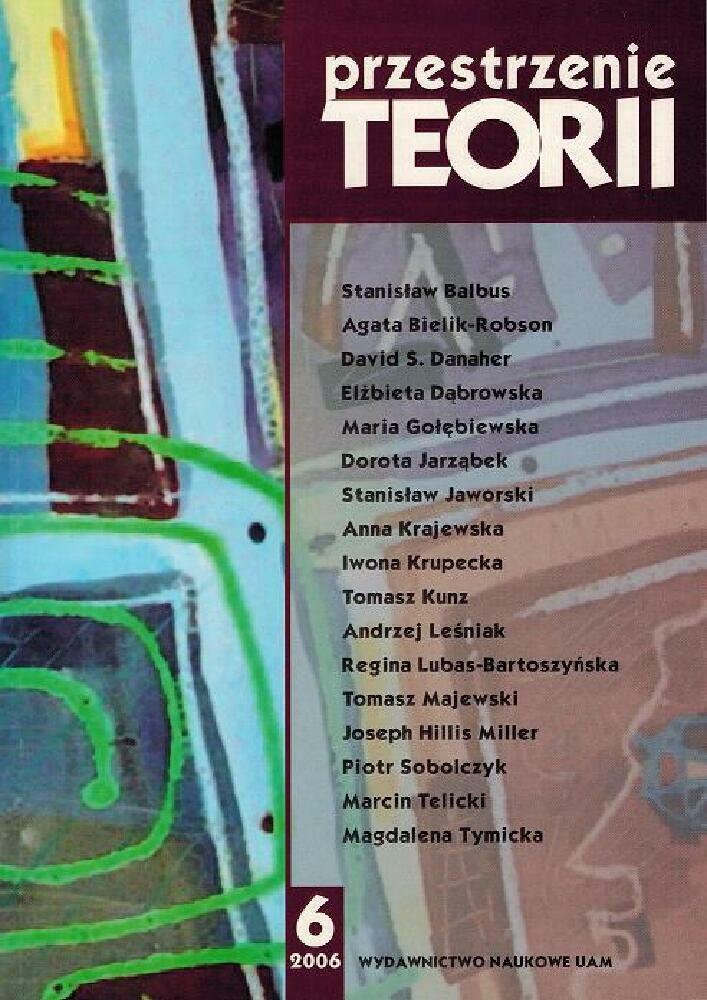Abstract
Our own body, both as a physical object (Körper) and as a focus experiencing sensations (Leib) is usually the axis of our self-identification. In this the mode of presentation of one's own body, in correlation of its accessibility "from the outside" and "from the inside", in which I receive my own body as one and the same, however, one cannot find an answer to the question about how can the bodily (corporal) identification be constituted, which does not have a uniaxial character as it is, e.g. in case of the painterly perception of trompe-l'oeil or during the film showing. Projection of one's own body, as is suggested by phenomenological studies of Edith Stein and Leopold Blaustein, may consist in suspending the direct relation to Körper when the basis of identification is merely Leib, which we experience in dislocation, in an unclear connection with the border of the field of imagined space. An important feature of this situation is that during projection of the spectator's body into the field of an image to suspension is submitted not only the feeling of the body as a physical datum, but also space which remains as its real surrounding. The problems touched upon here can be considered as prolegomena to the phenomenology of a spectator-in-aspectacle.License
Authors
Authors of texts accepted for publication in Przestrzenie Teorii are required to complete, sign and return to the editor's office the Agreement for granting a royalty-free license to works with a commitment to grant a CC sub-license.
Under the agreement, the authors of texts published in Przestrzenie Teorii grant the Adam Mickiewicz University in Poznań a non-exclusive, royalty-free license and authorize the use of Attribution-NonCommercial-NoDerivatives 4.0 International (CC BY-NC-ND 4.0) Creative Commons sub-license.
The authors retain the right to continue the free disposal of the work.
Users
Interested Internet users are entitled to use works published in Przestrzenie Teorii since 2015, for non-commercial purposes only, under the following conditions:
- attribution - obligation to provide, together with the distributed work, information about the authorship, title, source (link to the original work, DOI) and the license itself.
- no derivatives - the work must be preserved in its original form, without the author's consent it is not possible to distribute the modified work, such as translations, publications, etc.
Copyrights are reserved for all texts published before 2015.
Miscellaneous
Adam Mickiewicz University in Poznań retains the right to magazines as a whole (layout, graphic form, title, cover design, logo etc.).
